The Hut Trail
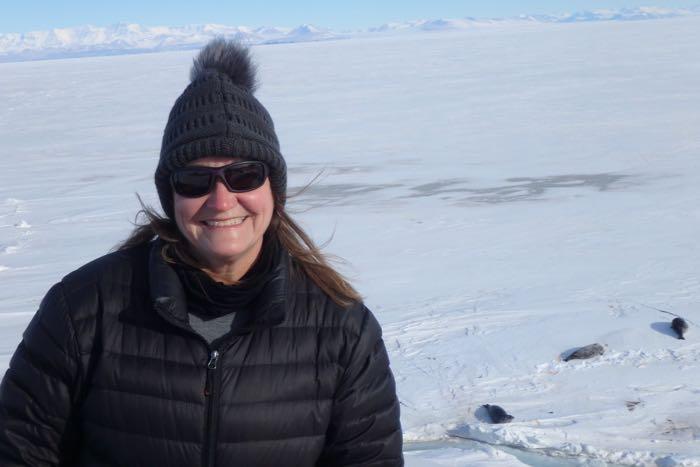 Denise Hardoy found seals on Hut Point
Denise Hardoy found seals on Hut Point
This morning our training was cancelled...so I had time to explore! I walked out to Hut Point about 1/4 of a mile from McMurdo Station. This hut was built in 1901-1904 by the Discovery Expedition led by Robert Falcon Scott.
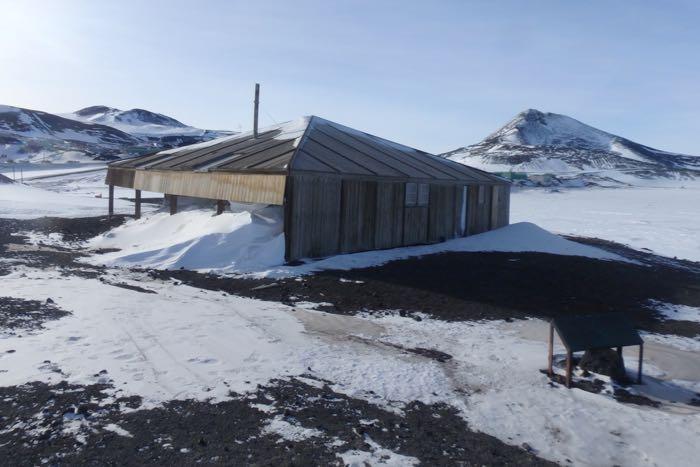 Scott Hut on Hut Point
Scott Hut on Hut Point
It has been used by several parties, including Shackleton. It is built of wood. It is amazing how well this cold, dry climate preserves everything. Decomposition occurs very slowly at these cold temperatures. This hut looks like it was recently build.
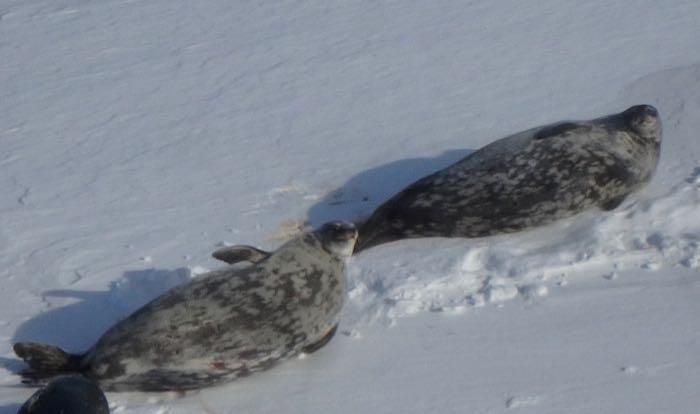 Weddell Seals hauled out at Hut Point
Weddell Seals hauled out at Hut Point
The best part of this little excursion...I got to see seals! They were just laying around sunning themselves like it was a tropical beach. I was wrapped in my parka, and still a little cold! They were a little grumpy at each other and half heartedly defended their territory.
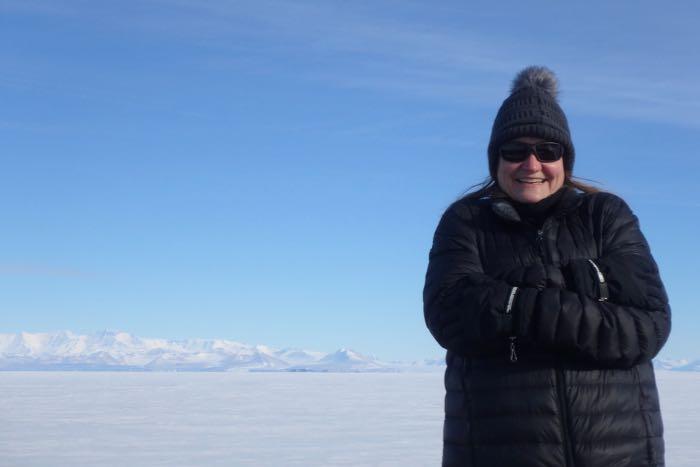 It's a chilly morning at Hut Point
It's a chilly morning at Hut Point
Shout Out
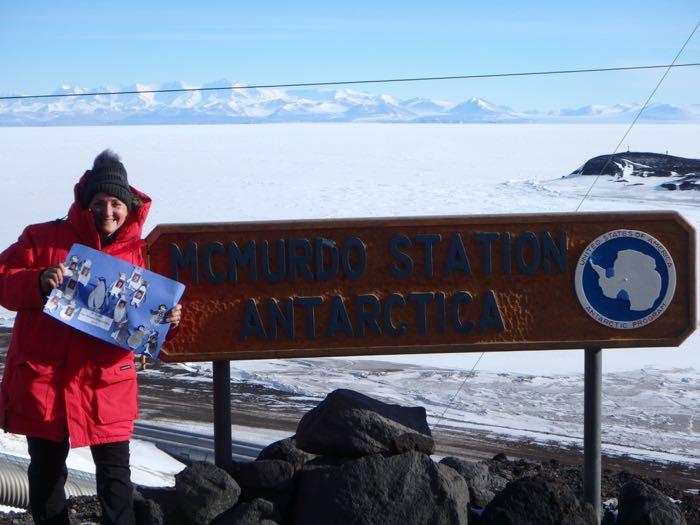 San Antonio 6th Grade Penguins!
San Antonio 6th Grade Penguins!
I just wanted to give my first shout out to the sixth grade class at San Antonio. Your penguins are happy out in this cold. Hope you are all working hard and learning a lot about ecosystems.
Unloading the Day's Catch
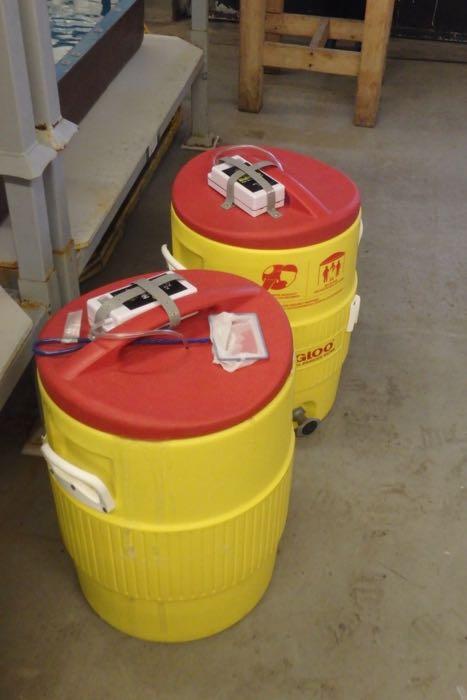 Coolers used for transporting fish catches back to the lab.
Coolers used for transporting fish catches back to the lab.
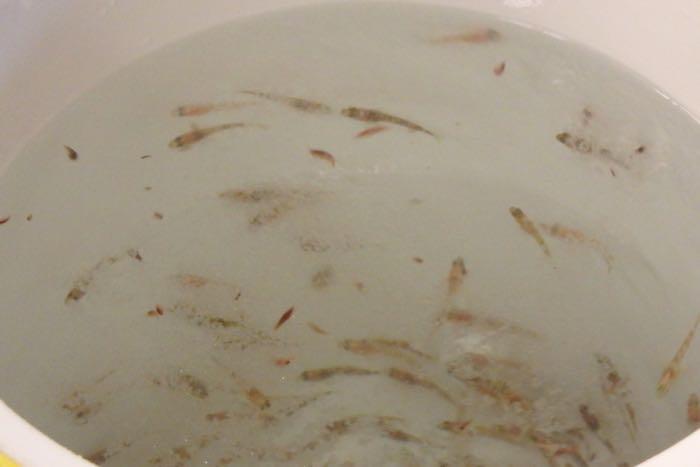 The day's fish catch ready to be sorted.
The day's fish catch ready to be sorted.
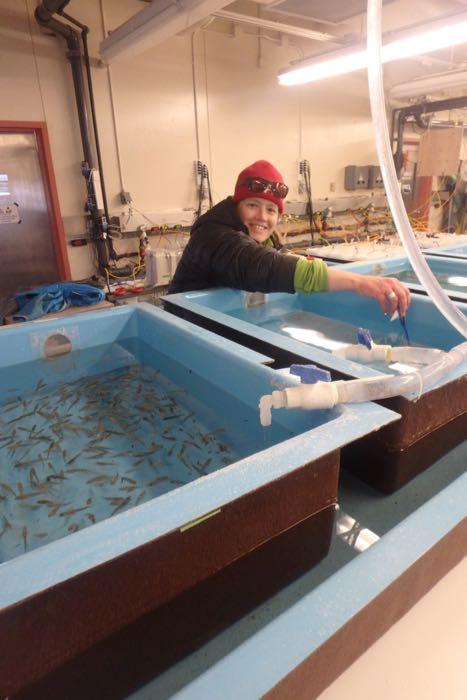 Dr. Todgham sorting fish.
Dr. Todgham sorting fish.
My team went diving today. The divers were successful in finding a lot of fish, but not a lot of the ones Dr. Todgham is really wanting to find. They are proving elusive this year.
The Fish Confusion
Telling organisms apart and recognizing different species can be quite challenging in the field. We are collecting several species, mostly in the trematomus genus. These are different types of Rock cod. The primary focus will be on the Emerald Rock Cod, or Trematomus bernaccii. I believe this is one in our touch tank. Getting it to pose for these pictures was rather difficult. We had to fish him out of his -1.9 degree C tank. My hands were frozen!
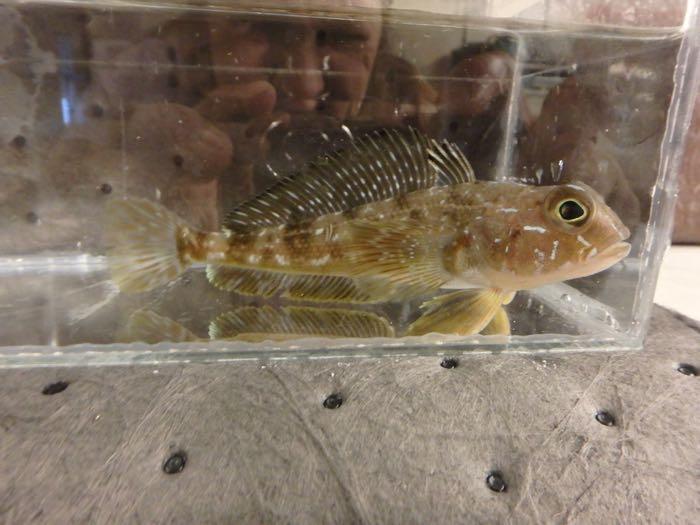 Trematomus pennellii in the touch tank at Crary Lab
Trematomus pennellii in the touch tank at Crary Lab
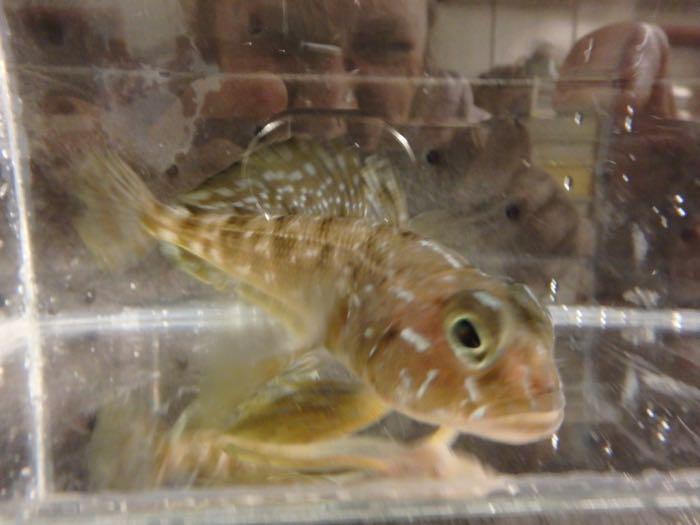 Trematomus pennellii in the touch tank at Crary Lab
Trematomus pennellii in the touch tank at Crary Lab
I find it really difficult to tell all the different species apart. Dr. Todgham said that it is very difficult to do this in the field, especially underwater. You really can't tell what species you have until you get them back to the lab. They have subtle differences. She said that when she first came to Antarctica, they weren't sure if they were different species. Then they discovered that they were distinct species, and it played havoc with her research results. It introduced an unwanted variable. I'm looking forward to learning distinguishing characteristics of each. You can tell that they are closley related however, because they are in the same genus. The other species that we are collecting are Trematomus hansonii, Trematomus nicolai, and Trematomus pennellii. The problem is that you can set up a protocol to test certain fish, but the fish don't always cooperate. Some fish just aren't where you expect them to be. Sometimes, you can't catch the fish, so your protocol has to change. That happens to us in class too. Sometimes, adjustments need to be made in order to reach your objective.
This place is amazing!
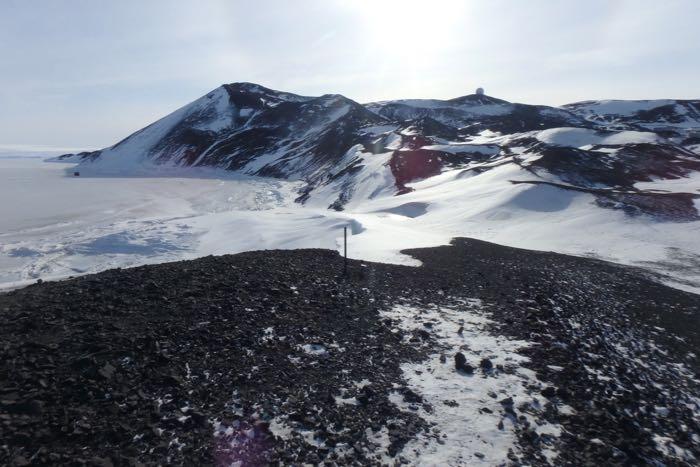 The spectacular view of a corner of the Ross Sea
The spectacular view of a corner of the Ross Sea
So far, I've only seen Antarctica from McMurdo Station. I can't wait to get out on the ice and see more. Hopefully, I will do my sea ice training tomorrow...then head out with my team for the first time either Friday or Saturday! Until then,
Stay Cool...


Comments
Add new comment